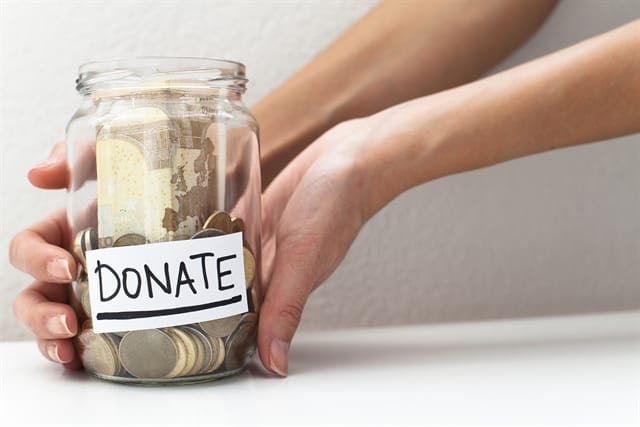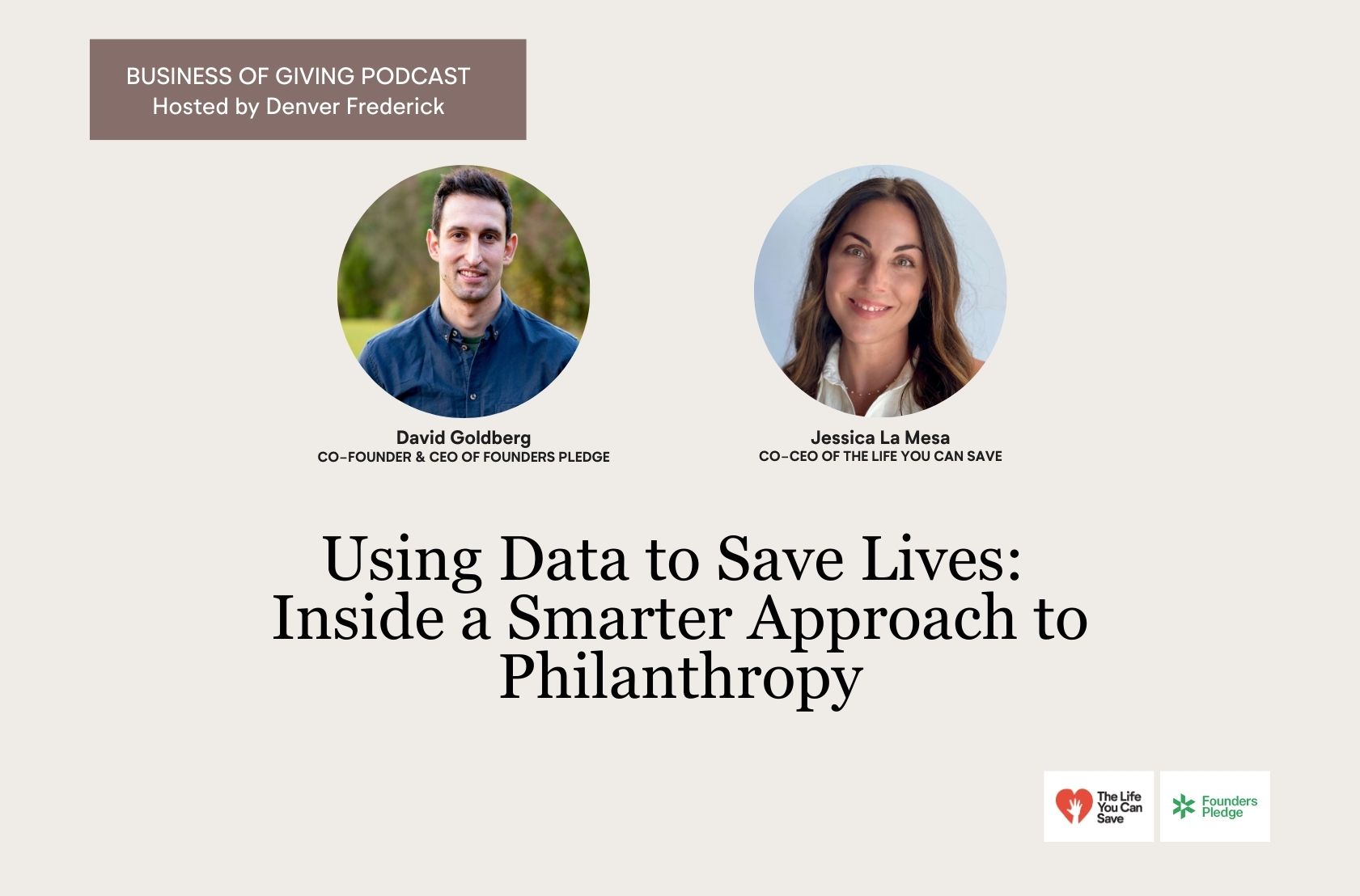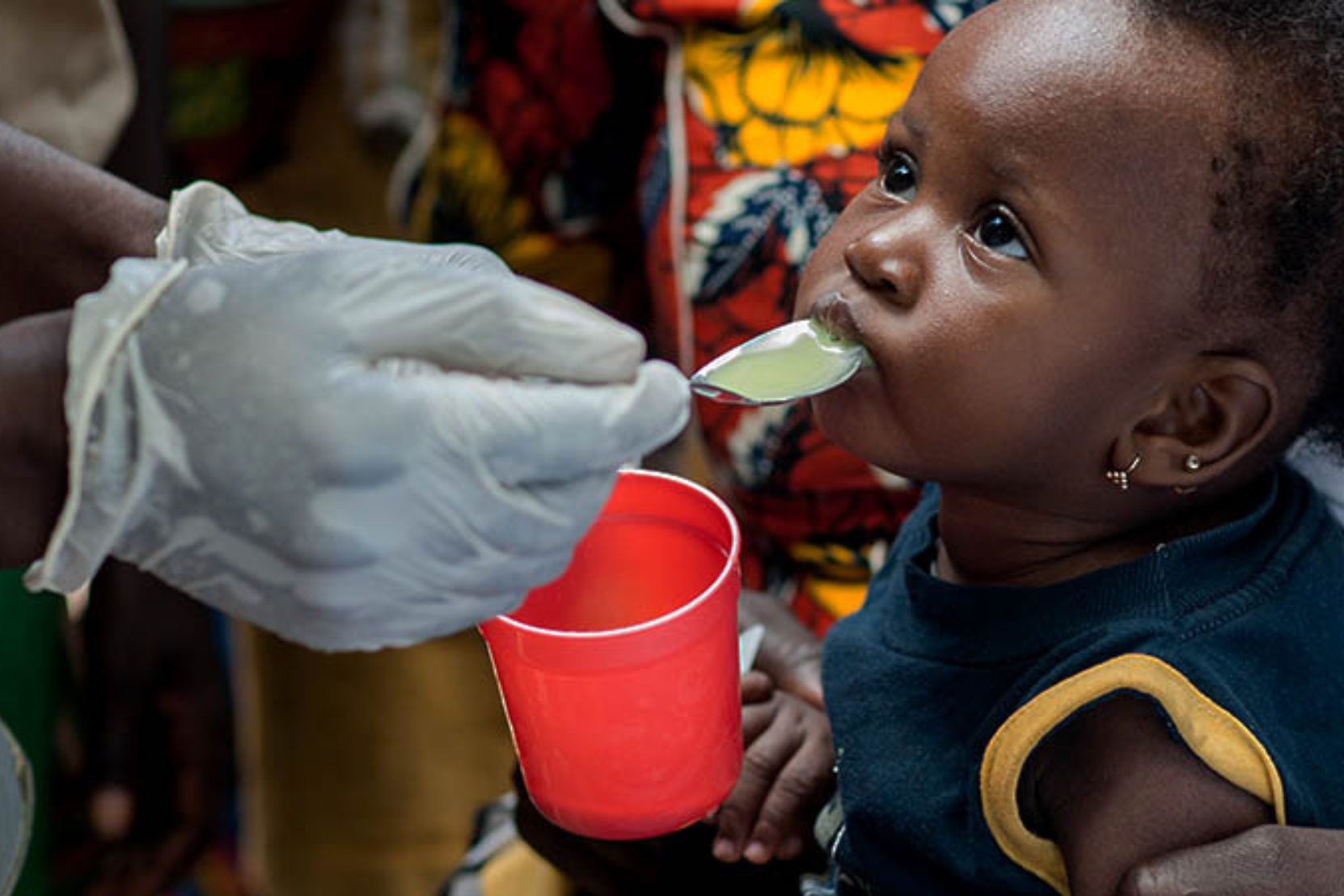Since finding effective altruism in the fall of 2013, I have oriented much of my financial planning and money-making efforts toward giving away as much as I can. It is true that I contribute more to my savings and retirement funds than I do to charities, and I enjoy shopping and eating at restaurants as well. Nevertheless, I consider altruism to be of paramount importance in my life, and something which gives me nothing but joy.
In 2015, I gave away a total of $2,239.93, including an in-kind donation valued at $35. Where did that money go?
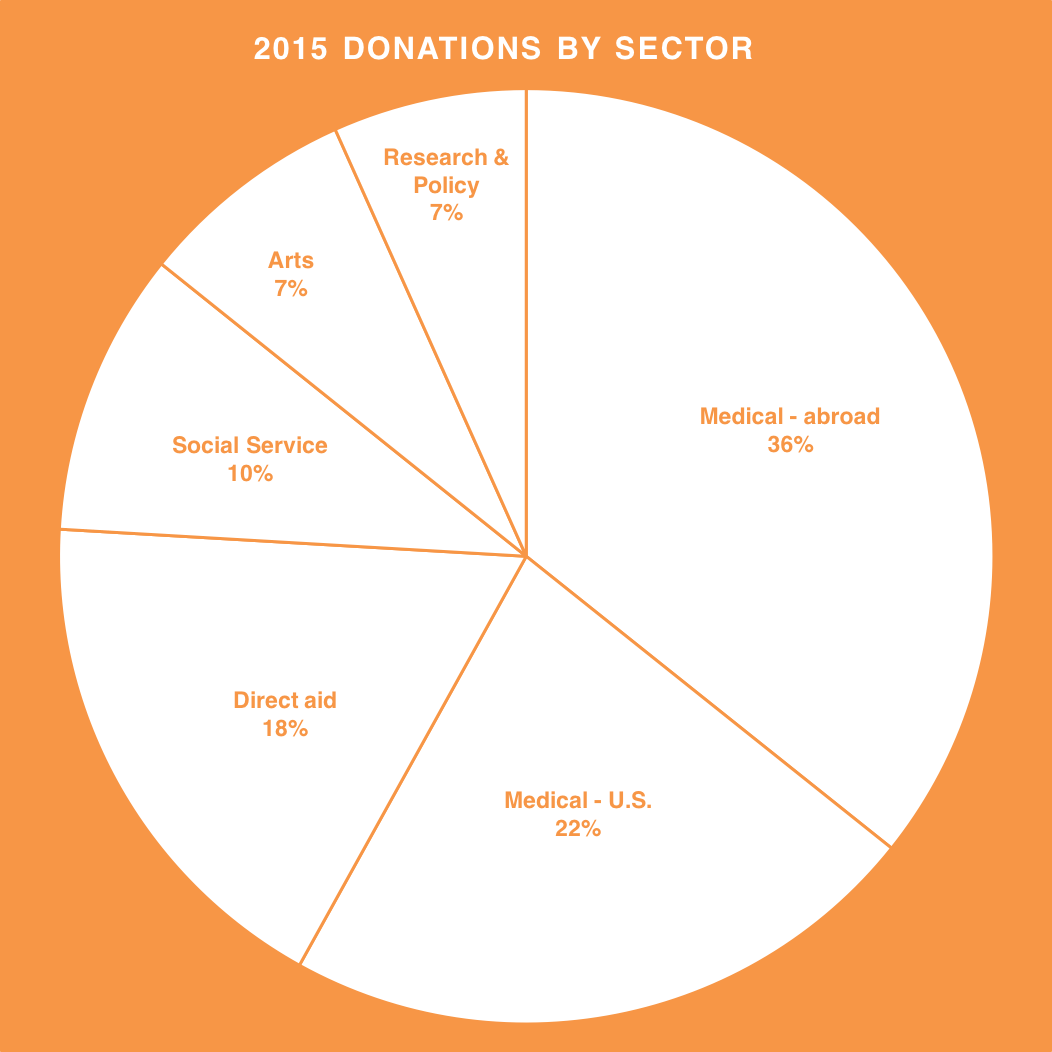
MEDICAL SERVICES
More than half of my contributions, a total of $799.93, went to medical interventions such as fistula surgeries, health education, and general operating support for clinics and hospitals.
36% of the total dollar amount of donations for medical services went abroad to Africa and Asia, where they are much more effective (in dollars per life saved) than in the United States.
DIRECT AID
I am a proud supporter of GiveDirectly, which puts cash right in the hands of the extreme poor in Kenya and Uganda. Numerous studies have shown that poor households, given unconditional cash transfers, show a huge increase in earnings and assets as well as a decrease in hunger.
The last 24% went to social service, the arts, and poverty-related research and policy making (enumerated below).
If you're serious about looking at the effectiveness of charitable contributions, you must look further than the cause to which you donate. Medical and social service interventions are literally lifesaving and more effective alleviators of global suffering than the arts. Medical services abroad cost less and reach communities of abject poverty: people surviving on much less than is considered a minimum standard of life in the U.S. But even in this targeted sector, medical charities working abroad, which are the most effective?
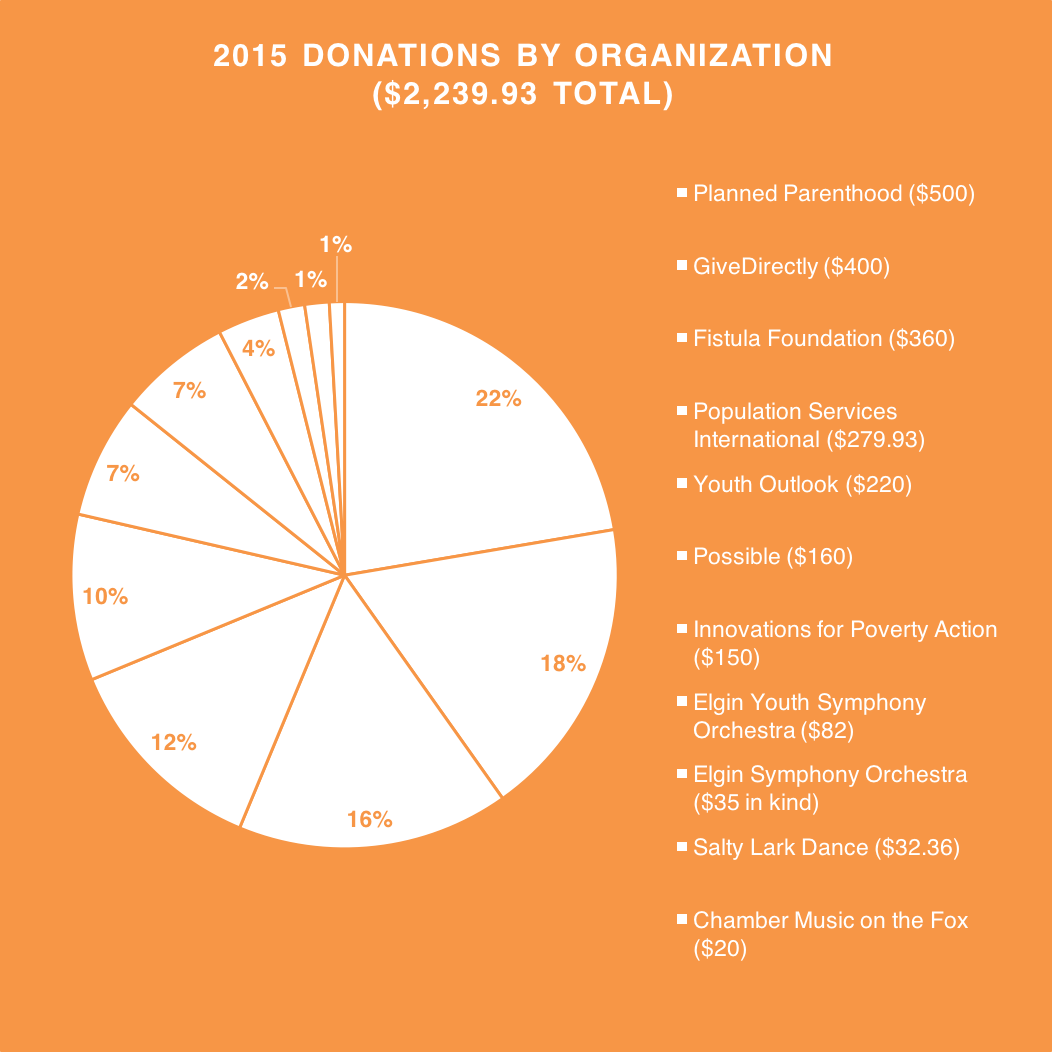
A majority of my medical donations were given to charities recommended by The Life You Can Save: Fistula Foundation, Population Services International, and Possible. Each of these does incredible work, from building Nepal's first rural teaching hospital to giving women their lives back through obstetric fistula surgeries, all while maintaining incredibly high standards for corporate conduct and culture.
All my arts donations went to local organizations with whom I have a personal relationship: companies with whom I have performed and who mean something to me. Nevertheless, this is my least effective area of giving, and something I would rather direct toward more critical, lifesaving services.
Planned Parenthood and Youth Outlook raise different questions though: these medical and social service interventions are of course more important and lifesaving than arts and culture work. Yet would these $720 been better spent abroad, where they could have educated or cured more people?
It's a question that many effective altruists will answer with a resounding “Yes.” Send that money to someone who will deliver vaccines in Africa, or train more healthcare educators in Asia. I don't disagree. Yet I think it is in restricting people's goodwill that we lose potential supporters of our movement. As an already-charitable person who “converted,” so to speak, to effective altruism, I certainly would have been discouraged had someone said, “The Sierra Club? Terrible idea.” Rather, it is most important to encourage giving at all, and educate current altruists on the most good they can do.
So those donations might have saved more lives elsewhere. But I'm not chiding myself for it. Instead I am glad to see the real impact of my altruism both at home and abroad. I witness attacks on Planned Parenthood and other communities, and I want to help. That is a feeling I will celebrate, not discourage.
